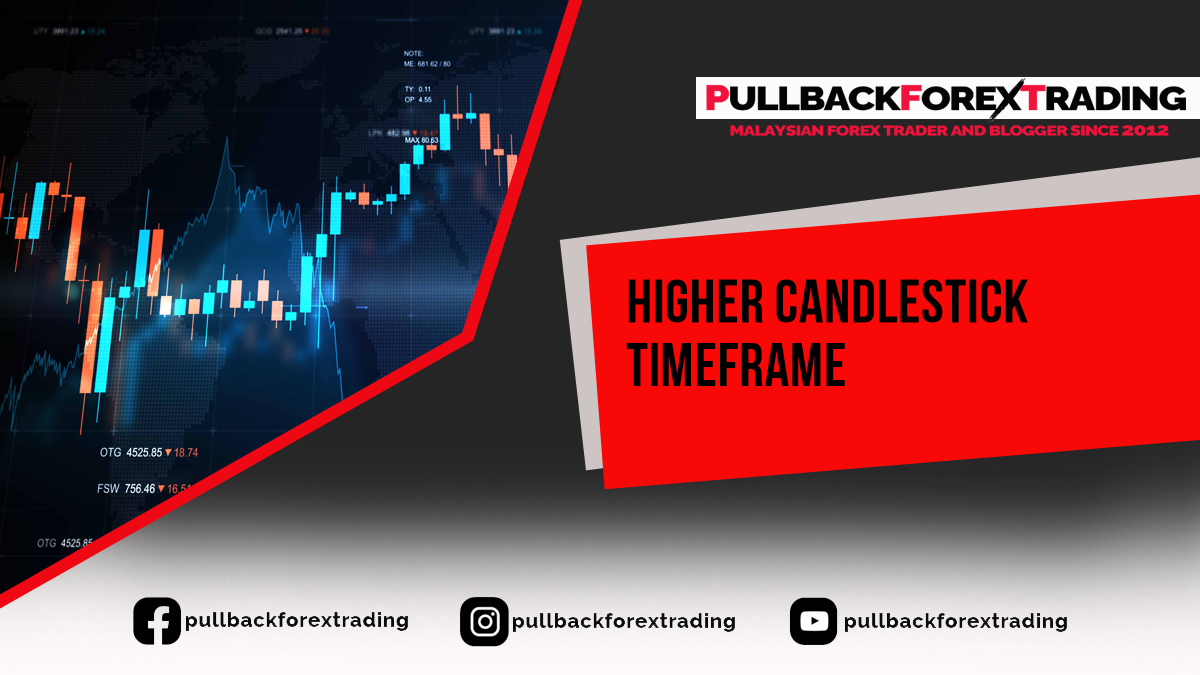
WHY U NEED TO TRADE THE CANDLESTICK SETUP AT HIGHER TIMEFRAME
Trading candlestick setups on higher timeframes (such as H1 or H4) is generally considered more reliable and stable than trading on lower timeframes (like M1, M5, or M15) for several reasons:
1. Stronger Signal Validity
- Higher timeframes provide more reliable signals because each candlestick represents a larger chunk of price action. This means there is more time and data involved in the formation of each candlestick, making patterns less prone to market “noise” (random fluctuations or false signals) that are common in lower timeframes.
- On lower timeframes, price action is often erratic, and smaller movements can generate false signals, leading to lower-quality setups.
2. Less Noise and Volatility
- Lower timeframes, especially M1 or M5, are heavily impacted by market noise and random price spikes. This can make it difficult to distinguish between a real trading opportunity and a temporary price movement.
- Higher timeframes (H1, H4, or higher) filter out much of this noise, allowing traders to focus on more meaningful market trends and larger price moves. As a result, you get a clearer view of the overall market direction.
3. Better Risk-to-Reward Ratios
- Candlestick setups on higher timeframes tend to offer larger price movements, meaning that even if your stop-loss is relatively larger, the potential reward is also higher. This allows for better risk-to-reward ratios, as the trade typically has room to develop and move in your favor over time.
- On lower timeframes, price movements are smaller, leading to tighter stop-losses and often smaller profits, which makes achieving a favorable risk-to-reward ratio more challenging.
4. Increased Time for Decision-Making
- On higher timeframes, traders have more time to analyze the market and make informed decisions. For instance, on an H1 or H4 chart, you can take your time to assess support and resistance levels, trendlines, and other factors.
- On lower timeframes, the market moves quickly, and traders must make rapid decisions. This can lead to emotional and impulsive trading, increasing the risk of errors.
5. More Significant Market Participants
- Higher timeframe price action tends to reflect the actions of bigger market participants (e.g., banks, hedge funds, and institutional traders). These large players move the market in meaningful ways, so the signals on higher timeframes are often more aligned with long-term trends and significant market shifts.
- Lower timeframes often reflect short-term retail trader activity, which is more prone to erratic moves and short-term speculation.
6. Less Stress and Overtrading
- Trading on higher timeframes involves fewer trades per day, which can reduce stress and prevent overtrading. Overtrading is a common problem in lower timeframes, where traders can become addicted to frequent trades and, as a result, make poor decisions.
- With higher timeframes, you can focus on quality setups and avoid the temptation to constantly be in the market, leading to better overall performance.
7. Avoiding High Transaction Costs
- In lower timeframes, traders often place many trades, leading to higher transaction costs (spread, commissions, slippage). These costs can eat into profits, especially when the trades are small and frequent.
- On higher timeframes, fewer trades mean lower transaction costs overall, allowing traders to keep a greater portion of their profits.
8. Broader Market Perspective
- Higher timeframes allow traders to focus on the overall trend and long-term market direction. This is crucial for identifying key levels of support, resistance, and trendlines, as well as spotting reversals or continuations.
- In lower timeframes, traders often get caught up in the short-term fluctuations, which may lead them to trade against the broader trend or miss significant market context.
Conclusion:
Trading on higher timeframes (H1, H4) generally offers more reliable signals, better risk management, and less stress, while trading on lower timeframes (M1, M5) exposes you to more market noise, emotional trading, and increased transaction costs. For most traders, especially beginners or those aiming for consistency, focusing on higher timeframes leads to better decision-making and more sustainable long-term profitability.


